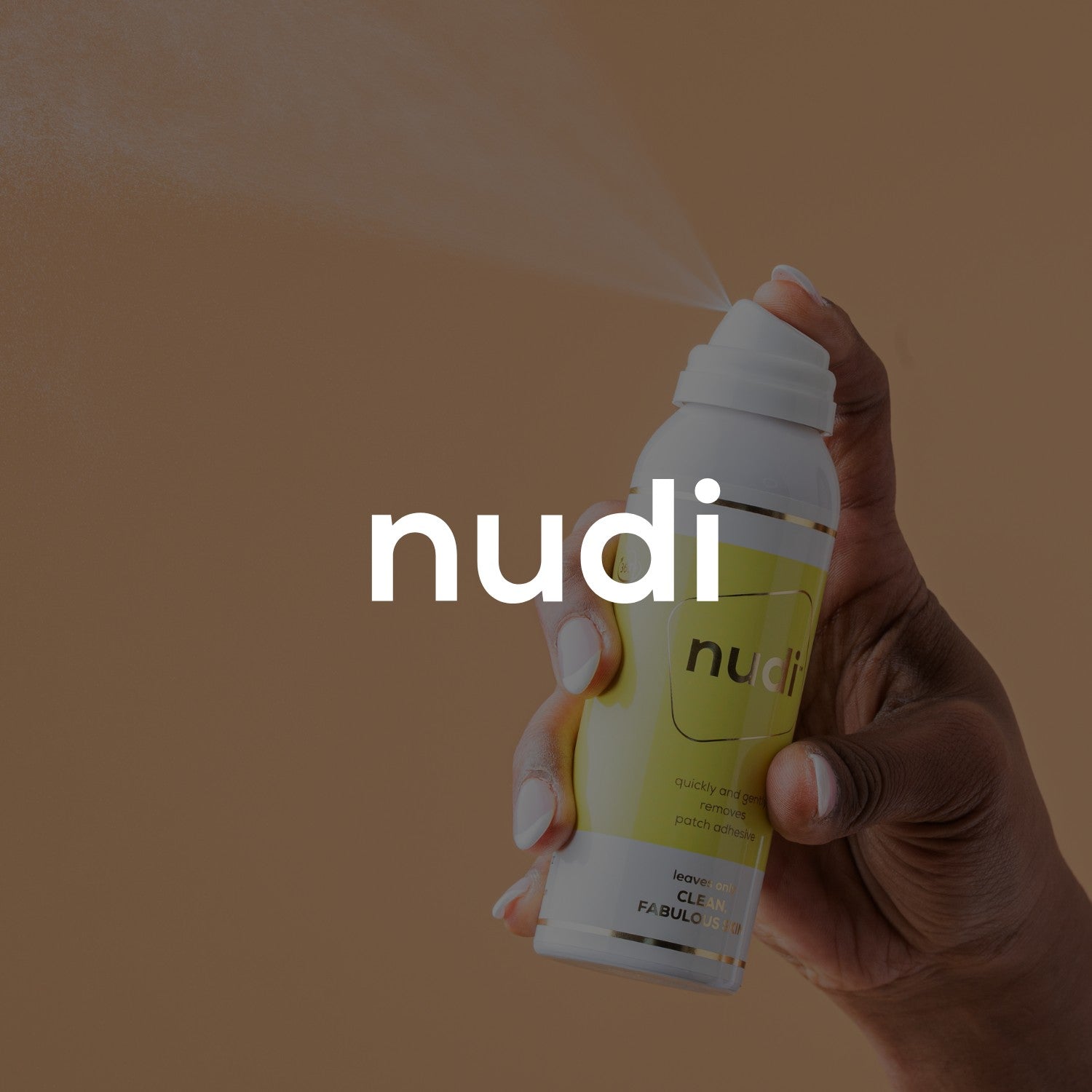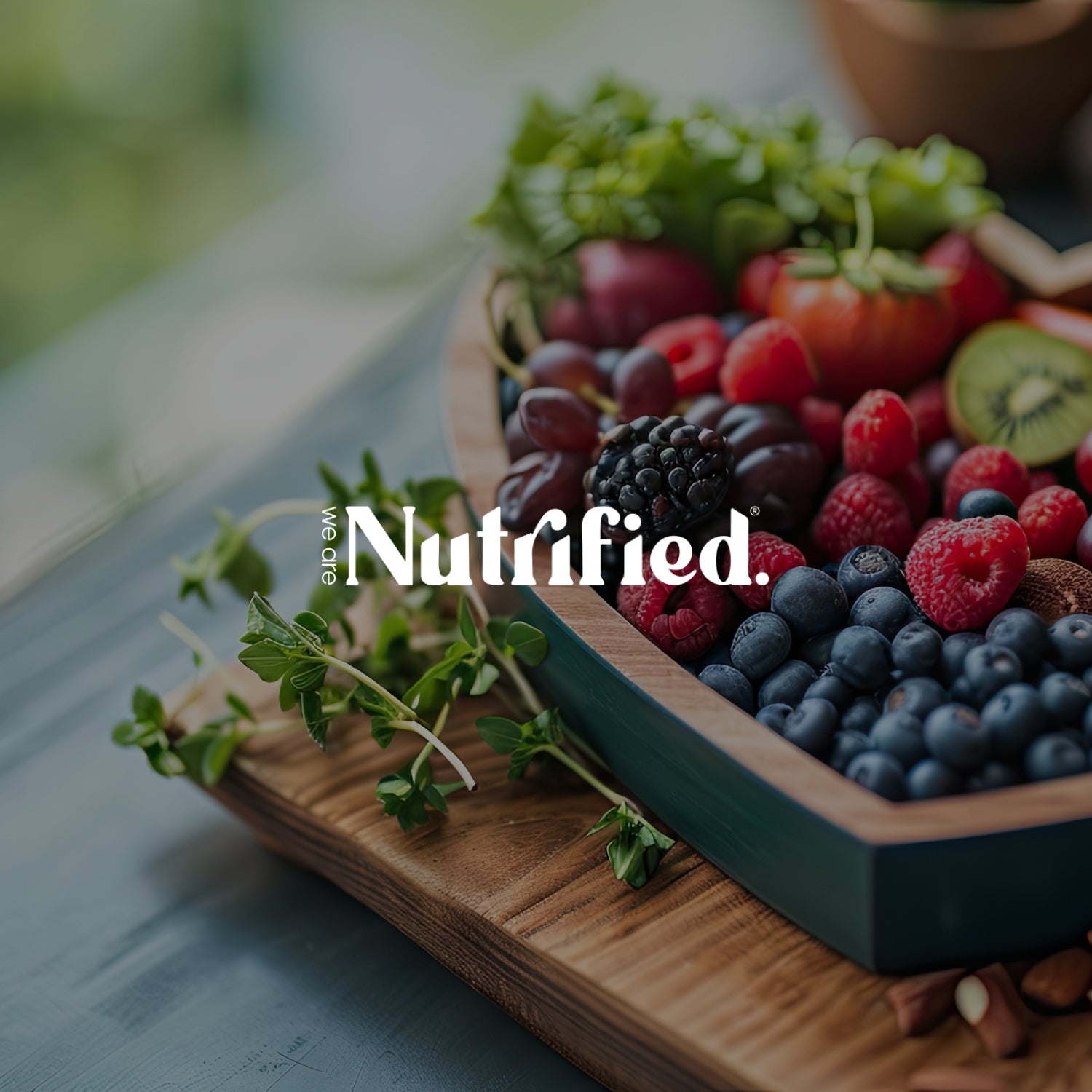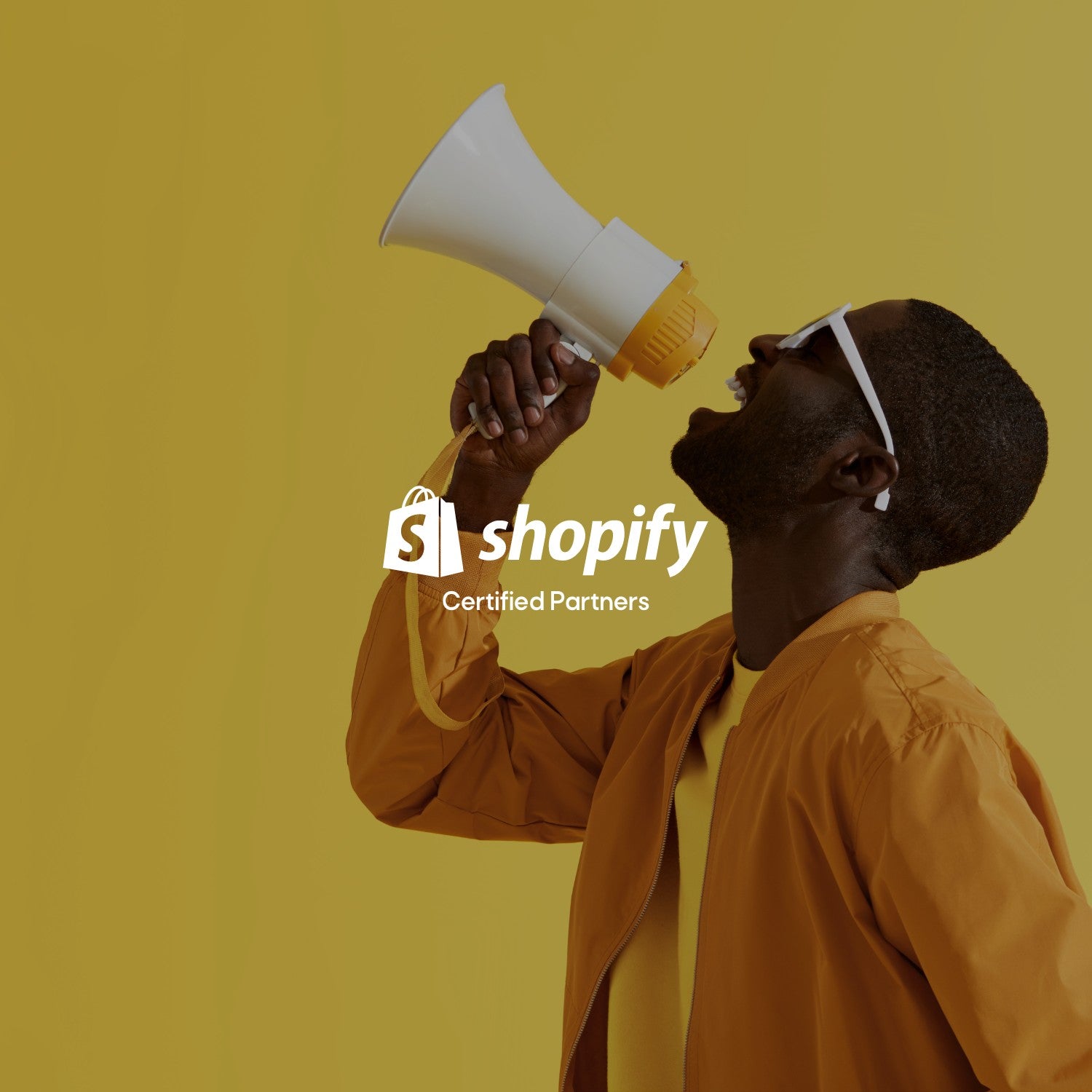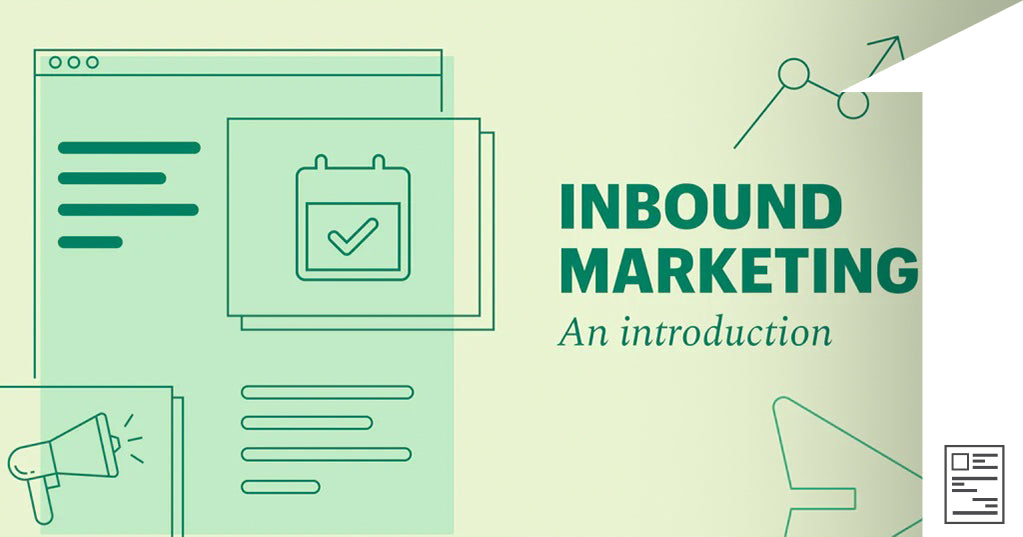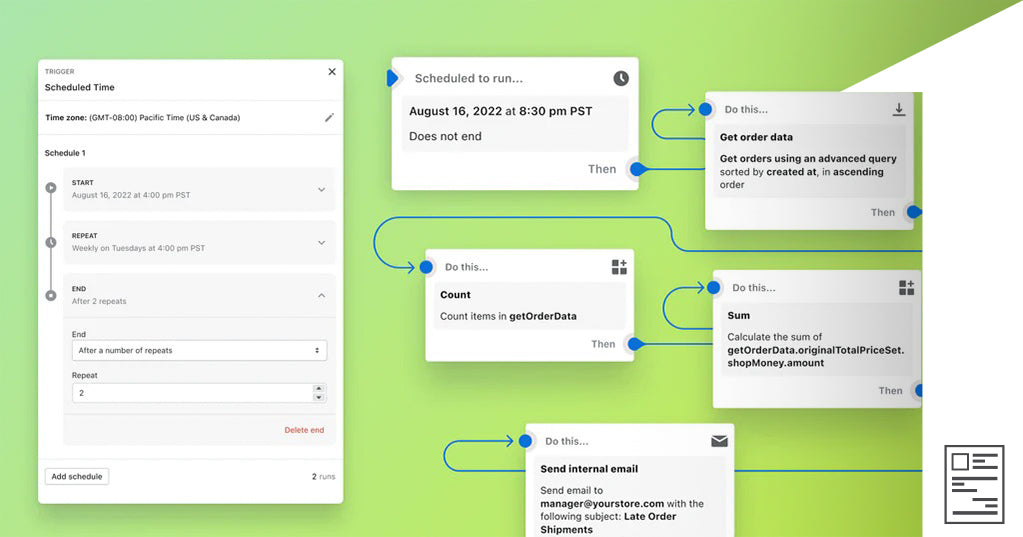Imagine you have a vacation coming up soon and you’re in the market for a new suitcase. You start Googling around for luggage options and see dozens of ads—but none of them jump out at you.
A week later, you’re browsing your favorite social media network and see a short video about a new suitcase brand that just launched. You’re environmentally conscious, and the brand’s focus on sustainability speaks to you.
You visit its website and read a blog post that details how its suitcases are made from recycled materials. The next day, you return and buy one of its carry-ons.
This example illustrates inbound marketing at work.
Public relations and content marketing—rather than traditional advertising—told you a story that created affinity and trust with a brand. Based on what you learned, you took the initiative and sought it out when you were ready to buy something.
That’s the power of inbound marketing.
While inbound marketing won’t solve all of your business challenges, if you get it right, it can have a significant impact on your bottom line. Businesses of any size can use inbound marketing strategies to grow their customer base by having customers come to them, not the other way around.
It might take more time and even cost more upfront, but when done right, it can pay dividends in the long term.
This guide covers the best inbound marketing strategies to supercharge your marketing efforts.
What is inbound marketing?
Inbound marketing is essentially a strategy (comprising various tactics) that draws your target audience into your business. Increasingly, inbound marketing has gained favor with small businesses and ecommerce vendors, because it attracts a different type of customer than those who click on banner ads and paid search results.
In most cases, inbound marketing involves using high-quality content on your website and digital platforms to generate buzz around your brand and products. Potential customers then discover your brand via this content (usually found through search or social), and then you work to convert them into paid customers.
The best inbound marketing efforts usually follow a four-step process: attract, convert, close, and delight.
1. Attract
This phase of inbound marketing involves getting people to your website or online store. Hosting valuable content on your website, like blog posts or embedded videos, is a great way to do this. So is burnishing your search engine optimization skills, which will help you turn up in organic search results. A strong social media presence, with ample links to your products and services, will also help attract new potential customers. These days, many businesses are using TikTok and Instagram to drive traffic to their website.
While it can be difficult to break through the noise, inbound marketing is still incredibly effective in attracting potential customers to try your products or service.
2. Convert
This phase begins once people come to your website. Getting traffic from search engines is one thing, getting them to convert is another.
Starting potential customers with useful, relevant landing pages is what gets the process rolling. Next comes inviting them to engage by issuing calls to action (CTAs), like signing up for a mailing list. You can also help them try the product by offering sales or free trials. The key is making the most of their visit to your platform, because it might be hard to get them to come back. Your inbound marketing efforts are directly tied to your ability to convert at the end of the day.
3. Close
At this point, it’s time to close the sale and try establishing a vendor-customer relationship. Using customer relationship management (CRM) software can help quite a bit in this regard by assisting you with email marketing and monitoring customers’ shopping carts. You can also record the purchase history of all your customers as well as any personal information they provide, such as geographic area.
All of this helps small business owners understand who is shopping with them, what types of products and price points attract them, and what type of marketing resonates with them.
4. Delight
The goal for most small business owners is not winning a single customer transaction, it’s building long-term customers who sincerely like your products and services. To delight a client and foster a long-term relationship, plan to follow through on your marketing efforts by providing a great customer experience. This includes:
- Strong product quality. Your company’s goods and services should meet or exceed customer expectations.
- Reliable customer service. Your customers should easily be able to find answers to troubleshooting questions. Product returns and refunds should be easy and fairly administered. If the company uses chatbots, they should provide relevant information and only pop up at appropriate times.
- Follow-up surveys. Brands should follow up with their client base to see whether the shopping experience met their expectations. They can do this via multiple-choice surveys that feature avenues to suggest improvements.
- Social media dialogue. Some clients prefer to interact with brands via their social media profiles. To meet customer expectations, brands should reply quickly to social media inquiries, treating them with the same degree of professionalism they would apply to a formal customer service ticket.
Understanding your target audience. By truly understanding who your target audience is, you can create better content and products, and ultimately provide a higher level of quality of service.
Inbound vs. outbound marketing
Inbound marketing stands in contrast to the outbound marketing that many traditional marketers rely upon.
Approach
- How they’re similar: Both inbound marketing and outbound marketing attempt to attract potential customers to ecommerce platforms. The goal is to convert interested parties into paying customers.
- How they’re different: Inbound marketing lets interested customers find you, while outbound marketing involves actively getting in front of customers, even if they weren’t actively looking for your goods or services.
Execution
- How they’re similar: Both inbound marketing and outbound marketing require an active online presence and maintaining an up-to-date website with professional-grade landing pages and ecommerce functionality.
- How they’re different: Successful inbound marketing starts with building up libraries of useful content, search engine optimization, and networking via social media, podcasts, and word of mouth. The goal is organic reach. Outbound marketing consists of traditional advertising methods like TV commercials, direct-mail flyers, telemarketing, and banner ads on websites. Outbound marketers directly approach potential customers and suggest products and services, whether or not those people were looking to make a purchase.
Summary
- How they’re similar: Both inbound marketing and outbound marketing seek to drive business and create reliable long-term customers.
- How they’re different: Inbound marketing seeks to provide sustainable organic reach. It zeros in on a target audience via useful content offerings and then seeks to convert them to customers. By contrast, outbound marketing methods can reach more people from a broader swath of the population, but they do not necessarily target those who are actively shopping.
7 Inbound marketing strategies that drive success
With effort and a sound plan, you can pivot your digital marketing presence to inbound marketing.
Here are seven strategies to set you on your way.
1. Create great content
You can introduce customers to your brand by providing valuable content (like a blog post, podcast, or online video) that provides a bridge between their interests and the products and services you have to offer. For instance, many content marketing professionals maintain a blog that covers issues of interest to their customers and relevant to their company.
As we continue to live in a content-first world, creating high-quality content should absolutely be one of your inbound marketing strategies, and this can be done across your website and social media.
2. Optimize for organic search
An SEO strategy is a plan to organically drive people to a business’s website, which starts with your site’s main landing pages. If those pages are filled with the keywords that potential customers use to search for your products or services, then your page may appear higher in searches on platforms like Google (the leading search engine) and Bing (the runner-up).
Looking beyond keyword optimization, you can also make sure that all of your site’s landing pages have a relevant title and that your site is loaded up with metadata terms that fit your target audience. Optimizing your content from an SEO perspective will help your content go just a little bit further in ultimately driving potential customers to your site.
3. Build your organic social media presence
Traditional marketers work to build brand awareness on social media because of the wide impact it can have on communication with customers. Small business owners who don’t have a formal advertising budget can also use social media to their advantage.
While you can certainly invest money into social media advertising to speed up your results, it doesn’t cost anything to create a profile on Facebook, Instagram, TikTok, Twitter, or Snapchat.
However, it does take perseverance to cut through the sea of voices and bring awareness to your products. To do this, a company’s social media profile should:
- Provide interesting, relevant content like videos and photo collages
- Network with other pages for cross-promotion
- Engage in online discussion via comment threads
- Reply to private message inquiries from other users
4. Provide an array of multimedia offerings
You can raise your company’s profile by building a content library on YouTube or via podcasting. According to a 2022 report from HubSpot and Wyzowl, online engagement with video and podcasts continues its impressive growth. Building a presence in these areas will help introduce you to customers who may be less likely to consume print blogs.
5. Solicit back links and affiliate links
A backlink is a URL link that leads to your site from someone else’s web platform. Search engines like Google place a premium on websites that get linked to or from other sites.
Planting links can be tricky. In many cases, you have to directly ask other website hosts or professional influencers to link to your page. You may have to pay for this or offer cross-promotion of your own, but it’s a promising way to improve your standing in Google’s algorithm. You can also create affiliate links.
These are URLs that websites can post, and when a user clicks on that URL and makes a purchase, the referring website gets a small commission. This financially incentivizes other digital merchants to collaborate with you.
6. Offer a newsletter
Email newsletters are commonplace in the media space, as prominent newspapers and magazines send daily emails to interested subscribers. These newsletters act as a marketing tool, with the intention of getting them onto the company’s site by clicking on articles or links. Small business owners can follow this same model by curating an email list and sending periodic newsletters to their loyal customers. Newsletters can feature various types of content:
- Product announcements. This can include previews of new goods and services that your company will be launching.
- Special sales. If your company is running a special sale, newsletter subscribers should know about it.
- Calls to action. A call to action asks your readers to do something, like subscribe to a podcast feed, leave a review, or join a social media group.
Valuable content. Some of the best newsletter content has no direct connection to commerce. Brands keep customers engaged by providing articles, essays, videos, and podcasts that inform them about their shared topic of interest. Filling a newsletter with valuable content builds goodwill with your client base, and that goodwill may inspire them to make more purchases down the line.
7. Network and cross-promote
Sometimes the best way to get the word out is to network the old-fashioned way. Consider swapping promotions with similar businesses: You might ask for guest entries in your site’s blog, or you might bring some of your peers onto your podcast for a guest appearance. In return, you can do the same for them.
Each brand gets exposed to the other brand’s client base, making this a win-win arrangement. You can also network with end users by attending live events and being accessible offline as well as online. The more you get the word out about your business, the more people can recommend you on a personal level.
Defining your inbound marketing strategy: Final thoughts
The genius of inbound marketing is that, while it takes a lot of upfront legwork, your content and search engine optimization can pay off for years down the road.
They can drive website traffic without spending a dollar on pay-per-click advertising. Even if you decide to pursue an outbound marketing campaign as well, you can set yourself up for valuable organic reach by creating an inbound marketing strategy and following through.
by Shopify Staff
https://www.shopify.com/blog/inbound-marketing



